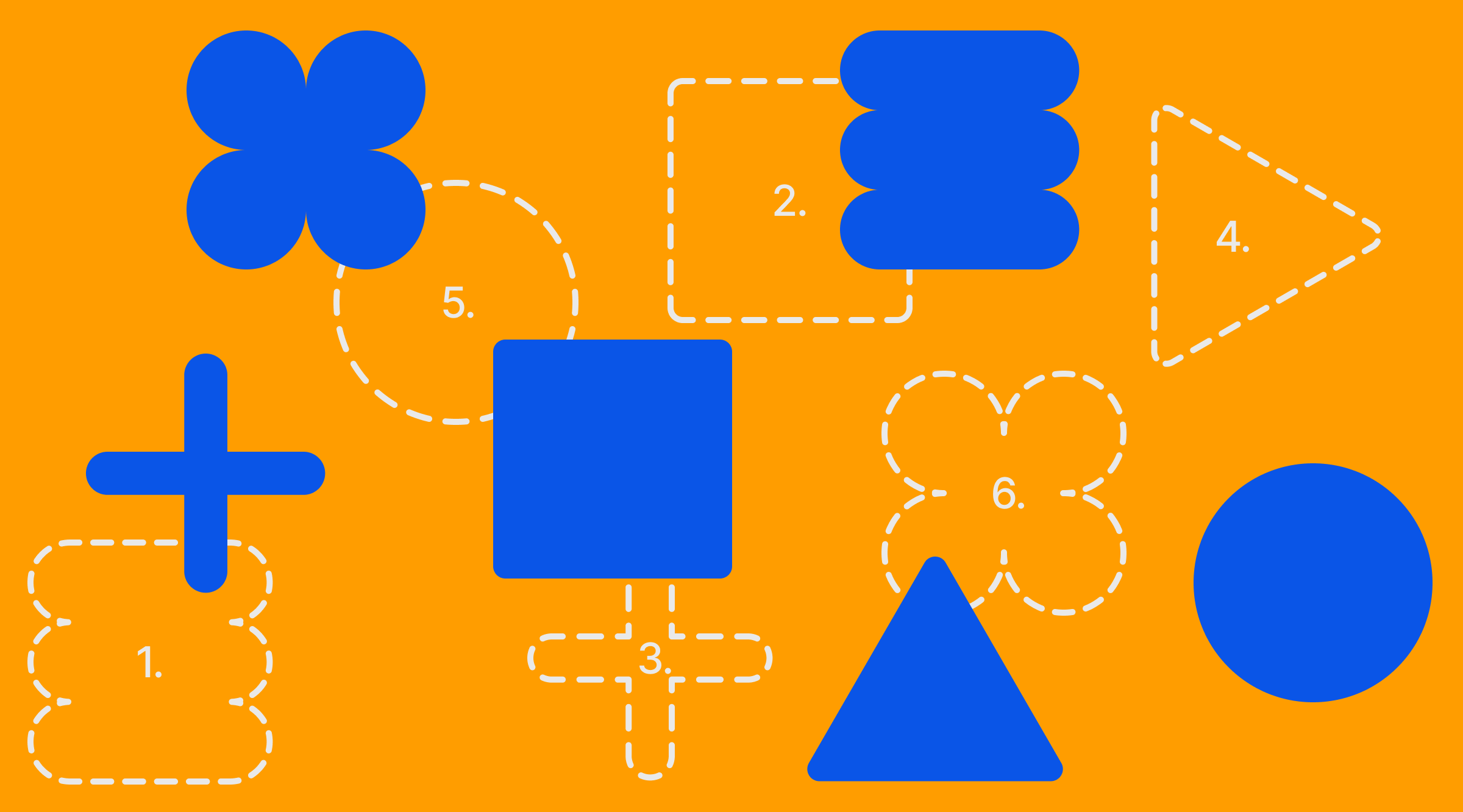Mentorship: advancing your design career through helping others
Design mentors dwell on how mentoring others improved their careers and gave them extra managerial qualities.

If you’ve ever thought about mentoring others but still have blind spots in the topic, read these two personal stories from designers turned mentors. They shed light on the benefits mentorship can offer, share the motivation behind their transition, explore the controversies of paid vs. free mentorships, and name the best places to find mentees.
These are the mentors who kindly told us about their experience:

Thom Rimmer, Design Director at Intercom
Rimmer leads design across two business units at Intercom, an AI-first customer service platform used by thousands of companies worldwide from small startups to huge organizations like Microsoft. As a mentor, he guides designers in moving from individual contributors to leadership and management in areas such as people management and organizational structure. He helps mentees set a team up for success, envisage the future for a product line, and communicate this in a way to get stakeholder buy-in.
Natalia Treskova, Senior Designer at Vivid Money
Treskova is a Product Designer with eight-plus years of experience currently working at Vivid Money, a fintech startup based in Berlin. She’s a deeply empathetic person and a fan of user-centered design and clear storytelling. Mentees usually come to her if they want to upgrade their careers but don’t know where to start, or if they’ve tried to grow and it didn’t work. She helps them with portfolio and case study reviews, preparations for interviews, gives tips on building a career in corporations and startups, and facilitates the transition to design.
The circuit of sharing: mentors raising mentors
Every designer had an inspiring person in their career, whether it was a formal teacher or just a pro to look up to. But do most mentors become mentors because of a previous mentee experience?
At one of her first jobs, Natalia Treskova met a Product Manager who also had Art Direction experience, and he offered her mentorship. “He helped me to find my first freelance projects and create a competitive design portfolio. But what’s more important, he truly believed in me and always said I was an amazing designer. This support ultimately motivated me to work harder and grow faster, and I’m still very grateful for that.”
Thom Rimmer had many mentors, both formal and informal. At some point, he thought he wasn’t the most naturally gifted designer and learned that the best way for him to learn and grow was to surround himself with people who were better than him at every single part of the discipline. “This understanding has taken the form of informal mentors in the companies I’ve worked at, but also formal mentorships with professional leaders and coaches,” Rimmer explains. “I’ve worked with two key people formally, Cap Watkins and Julia Whitney. Both are incredibly inspirational leaders who’ve undoubtedly helped me advance my career.”
Mentorship: a fast track to leadership
It may seem like mentoring works more for mentees and only provides mentors a means to help others boost their skills and apply their knowledge. But Natalia Treskova and Thom Rimmer believe mentoring others can improve mentors’ careers and give them a better understanding of the domain and extra managerial qualities.
Treskova shares that her mentorship experience helps her be more confident professionally. “I see myself as a Team Lead in the future. Therefore, for me, it’s essential to learn more about designers’ expectations, struggles, and desires,” she adds. “I believe it’s possible to create the best conditions for people in your team only by understanding all of this.”
Rimmer also became a better manager and leader through mentorship. “The further you progress in your career, into management and eventually leadership positions, the more discipline agnostic you become. By that, I mean I’m less a designer today and more a product and business leader,” he reveals. Rimmer states that a large part of his advancement is in soft skills, which aren’t an ability one achieves and ticks off, but rather a continual journey. “Being a mentor has allowed me to use my soft skills and continually grow in this area.”
The first steps: difficulties transforming into possibilities
“Everybody has something to offer as a mentor, no matter what stage you’re at in your career —there’s always somebody who is looking to get to where you are today.”—Thom Rimmer
Natalia Treskova started to mentor people when she got promoted to a Lead role at her previous job. At that moment, mentoring turned out to be quite difficult for her because—as she sees it now—she wasn’t mature enough as a personality. “Now, after a couple of tough years for many of us,” she opens up, “I’m 100% sure that I’m a grown-up, both as a designer and as a person, and I want to influence the world around me more.”
“I remember one of my earliest mentees very well,” Treskova recalls. “During the first sessions, every question sounded like a brand new one, so I needed more time to analyze it and offer a proper strategy.” Back then, she feared that she wouldn’t be able to help her mentee, but the mentee got her ideal job, and Treskova was extremely happy. “After that first session, I understood how much experience I had and how much other people could benefit from it.”
Rimmer points out that he didn’t feel like there was a moment in time when he understood he was ready to mentor. “Everybody has something to offer as a mentor, no matter what stage you’re at in your career—there’s always somebody who’s looking to get to where you are today.”
“I was probably a pretty poor mentor when I first started,” Rimmer confesses. “In referring to the situational leadership diagram, I was high on directive and low on support.” He states that such an approach can obviously be helpful in some situations. Still, it doesn’t really help people grow, since directivity just shows them what to do in individual cases. “In my first-ever mentoring session, I was just proud that I’d been able to unlock a path forward for a designer who felt incredibly stuck and out of ideas on what to do,” he recalls. “It really helped them solve that specific issue at that time, but it probably didn’t teach them a whole lot they could take forward with them in their careers.” As Rimmer grew as both a mentor and a people manager, he started to lean more toward the supportive and coaching style.
The incentive: money or the need to progress
“The most important condition of an efficient mentorship session isn’t a financial incentive. It’s setting a specific goal for the session and focusing on it.”—Natalia Treskova
Some mentors offer only paid sessions, not because they want to earn additional money, but because they believe a mentee has to have an extra motivation—the financial one. When someone pays for a session, they’re more likely to really devote time and energy and thus mature. But of course, other mentors offer their sessions free of charge so that literally anyone can afford to be guided and advised.
Treskova believes both options are great. “From my experience, mentees can benefit from both paid and unpaid mentorships. I’ve mentored for money only a couple of times, which was on a mentee’s request: they were so motivated to achieve results that they didn’t want to go for a free option. However, I suppose the most important condition of an efficient mentorship session isn’t a financial incentive. It’s setting a specific goal for the session and focusing on it.”
“To me, the belief that a paid mentorship relationship is always better than an unpaid one is too binary,” Rimmer states. “There are certain benefits of a paid commitment for both sides, the mentor and the mentee. It’s a bit like a gym membership or paying a personal trainer. If you’ve paid for something, you’re more likely to go and do it because you want value back for the money spent. As a mentor, you’re also more committed to being actively involved and giving your best to the session because you’re getting paid. However, early in your career, you may not have the funds to access the best mentor who can help you progress. There’s also a concern about authenticity. As a mentor, you might be more inclined to tell a mentee what they want to hear since you’re being paid and want a good review.”
Meeting point: finding a mentor or a mentee
Treskova and Rimmer shared their favorite platforms where you can fulfill your mentoring potential or find a trustworthy mentor, and added up a few notes for those who are searching for a mentor/mentee space:
Natalia Treskova gives a tip. “Mentees at the platforms with preliminary selection are almost always motivated, so the sessions are fruitful for both sides. There are various formats for mentoring, and you can choose those that suit you the best: one-on-one, long-term mentorships, group sessions, or webinars.”
“Look inside the organization you work at. I’m sure there are tons of designers who are either more junior in their careers or maybe even peers looking to develop their ability in an area where you’re strong. Most designers are T-shaped, meaning they have abilities across a broad spectrum of skills with depth in a specific area. Find your non-matching T’s,” Thom Rimmer advises.